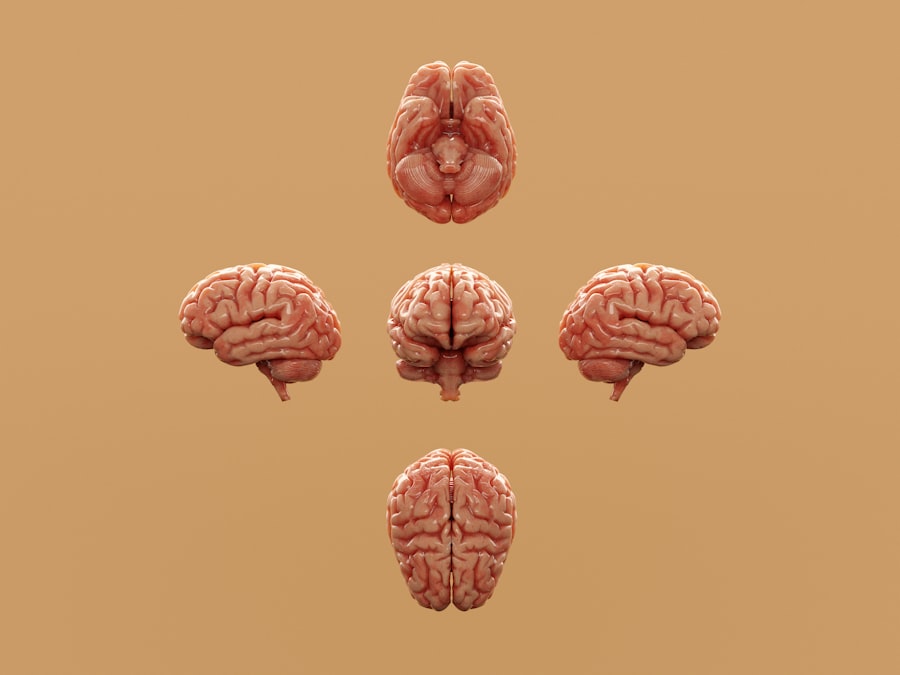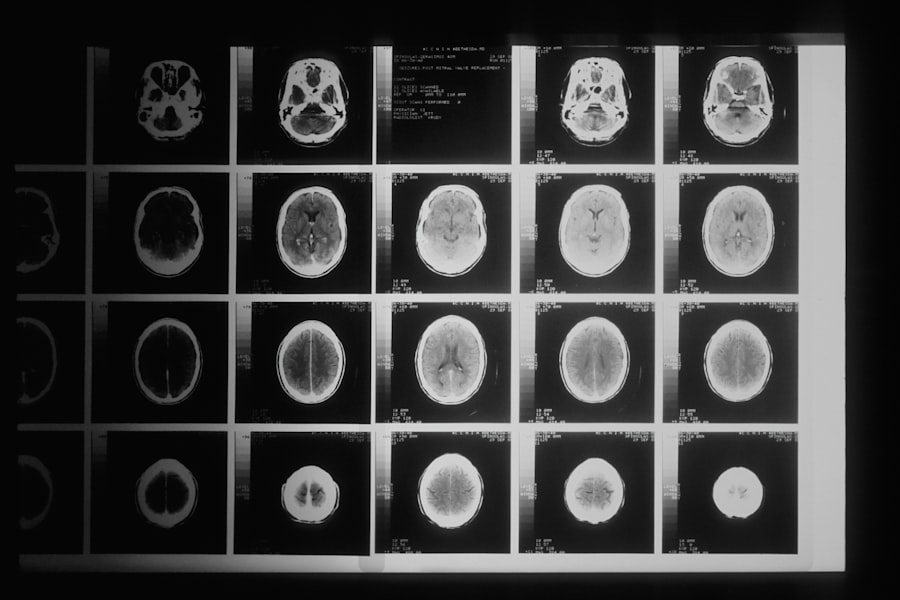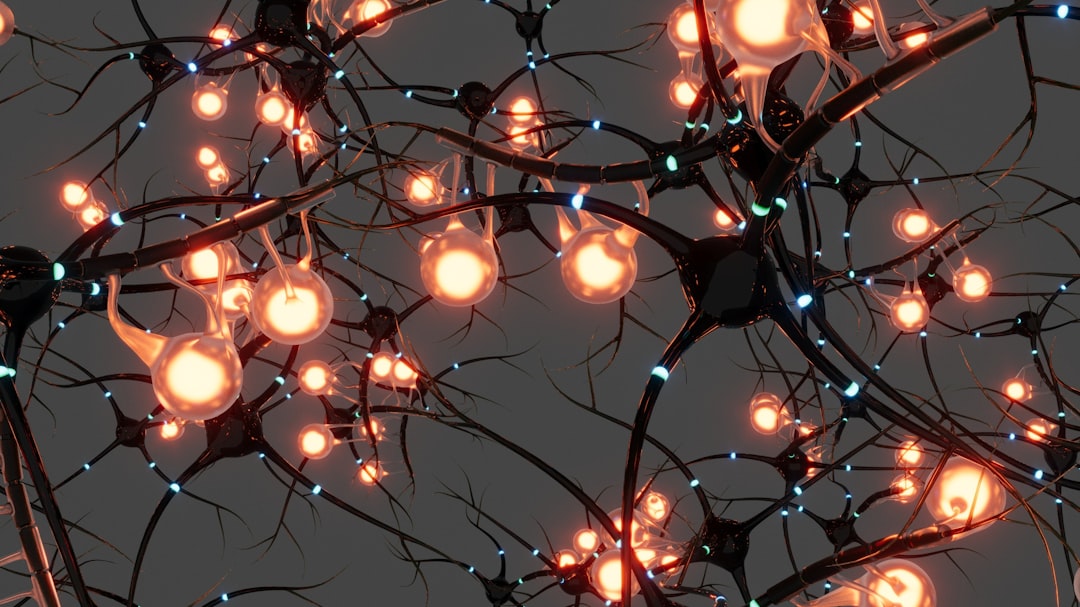In a world where information is abundant and often conflicting, understanding the nature of deception becomes increasingly vital. You may not realize it, but your brain is constantly engaged in a complex dance of perception, cognition, and emotion that can lead to deceptive thoughts and behaviors. The concept of a “deceptive brain” refers to the intricate ways in which your mind can misinterpret reality, leading you to form beliefs or make decisions that are not entirely accurate.
This phenomenon is not merely a matter of dishonesty; it encompasses a range of cognitive processes that can distort your understanding of the world around you. As you navigate through life, your brain employs various mechanisms to filter and interpret information. However, these mechanisms are not infallible.
They can be influenced by biases, emotions, and social contexts, all of which can contribute to a skewed perception of reality. By delving into the intricacies of how your brain processes information, you can gain valuable insights into the nature of deception and its implications for your daily life. Understanding these dynamics is crucial for fostering better decision-making and enhancing your overall cognitive awareness.
Key Takeaways
- The brain’s perception and cognitive biases play a central role in how deception is formed and maintained.
- Emotions and memory significantly influence deceptive thoughts and behaviors.
- Social and neurological factors contribute to the complexity of deceptive thinking.
- Self-deception is closely linked to specific brain processes and patterns.
- Effective strategies and ethical considerations are essential for managing and overcoming deceptive brain patterns.
The Role of Perception in Deception
Perception plays a pivotal role in how you interpret the world, and it is often the first step in the process of deception. Your senses gather information, but your brain must then make sense of that data, which can lead to misinterpretations. For instance, when you see a shadowy figure in dim light, your brain might automatically assume it is a threat, even if it is merely a harmless object.
This misperception can lead to feelings of fear or anxiety, demonstrating how easily your mind can be deceived by its own interpretations. Moreover, your perception is influenced by prior experiences and expectations. If you have encountered similar situations before, your brain may rely on those memories to shape your current understanding.
This reliance on past experiences can create a filter through which you view new information, potentially leading to biased conclusions. For example, if you have had negative experiences with a particular group of people, you might perceive individuals from that group as untrustworthy, regardless of their actual behavior. This illustrates how perception can serve as both a tool for understanding and a source of deception.
Cognitive Biases and Deceptive Thinking

Cognitive biases are systematic patterns of deviation from norm or rationality in judgment, and they play a significant role in deceptive thinking. You may find yourself falling prey to various biases that distort your reasoning and lead to erroneous conclusions. One common bias is confirmation bias, where you tend to seek out information that supports your existing beliefs while ignoring evidence that contradicts them.
This selective attention can create an echo chamber in your mind, reinforcing deceptive thoughts and preventing you from seeing the full picture. Another prevalent cognitive bias is the anchoring effect, where the first piece of information you encounter serves as a reference point for subsequent judgments. For instance, if you hear that a product is on sale for $50 after being priced at $100, you might perceive it as a great deal without considering its actual value.
This anchoring can lead to deceptive thinking by skewing your perception of worth based on arbitrary starting points. Recognizing these cognitive biases is essential for developing a more accurate understanding of reality and mitigating the impact of deception in your thought processes.
The Influence of Emotions on Deceptive Behavior
| Emotion | Effect on Deceptive Behavior | Typical Behavioral Indicators | Research Findings |
|---|---|---|---|
| Fear | Increases likelihood of deception to avoid negative outcomes | Increased speech hesitations, avoidance of eye contact | Studies show fear heightens cognitive load, leading to more detectable cues |
| Guilt | May reduce deceptive behavior due to moral conflict | Increased self-correction, slower response times | Guilty individuals often show more truthful disclosures |
| Anger | Can increase aggressive deception or blunt honesty | Raised voice, abrupt speech patterns | Anger correlates with more confrontational and less subtle lies |
| Happiness | May facilitate smoother deception due to positive affect | Relaxed posture, confident speech | Positive mood linked to increased creativity in fabricating stories |
| Sadness | May decrease deceptive behavior due to lowered motivation | Monotone voice, reduced eye contact | Sad individuals tend to be less engaged in deception |
Emotions are powerful drivers of human behavior, and they can significantly influence your propensity for deception. When you experience strong emotions such as fear, anger, or joy, your ability to think rationally may become compromised. For example, if you are feeling anxious about an upcoming presentation, you might exaggerate the potential negative outcomes in your mind, leading to self-doubt and possibly even avoidance behavior.
In this state, your emotional response can cloud your judgment and lead to deceptive thoughts about your capabilities.
If someone approaches you with enthusiasm but you are feeling suspicious or insecure, you might misinterpret their intentions as insincere or manipulative.
This emotional lens can distort your understanding of social interactions and lead to deceptive conclusions about others’ motives. By becoming more aware of how emotions influence your perceptions and decisions, you can work towards fostering more accurate interpretations and reducing the likelihood of deceptive behavior.
The Impact of Memory on Deceptive Thoughts
Memory is another critical factor in shaping your thoughts and perceptions, often serving as both a repository of experiences and a source of potential deception. Your memories are not static; they are malleable and subject to change over time. When recalling past events, you may inadvertently alter details based on new information or emotional states at the time of recollection.
The reliability of memory is further complicated by the way you retrieve information. When faced with a question or prompt, your brain may prioritize certain memories over others based on their emotional significance or relevance to the current context.
This selective recall can create a distorted narrative that influences your beliefs and decisions. For instance, if you remember only the negative aspects of a past relationship while forgetting the positive moments, you may develop an overly pessimistic view of future relationships. Understanding the fluid nature of memory can help you recognize when your recollections may be leading you astray.
Social Influences on Deceptive Behavior

Your social environment plays a crucial role in shaping your thoughts and behaviors, including those related to deception. The people around you—friends, family, colleagues—can influence your perceptions and beliefs in profound ways. Social norms dictate what is considered acceptable behavior, and these norms can sometimes encourage deceptive practices.
For example, if you are part of a competitive workplace where exaggerating achievements is common, you might feel pressured to embellish your own accomplishments to fit in. Moreover, social interactions often involve an element of performance; you may present yourself differently depending on the audience. This adaptability can lead to self-deception as you craft an image that aligns with others’ expectations rather than reflecting your true self.
The desire for acceptance or approval can drive you to misrepresent yourself or withhold certain truths, creating a cycle of deception that affects both your self-perception and how others perceive you.
The Connection Between Self-Deception and the Brain
Self-deception is a fascinating aspect of human psychology that highlights the complexities of the brain’s functioning. You may find yourself engaging in self-deceptive behaviors as a means of coping with uncomfortable truths or maintaining a positive self-image. This internal conflict arises when there is a discrepancy between reality and how you wish to perceive yourself or your circumstances.
For instance, if you struggle with an addiction but convince yourself that it is under control, you are engaging in self-deception that can hinder personal growth. The brain’s reward system also plays a role in self-deception. When you engage in behaviors that align with your desires—such as rationalizing poor choices—you may experience temporary relief or pleasure.
This reinforcement can create a feedback loop that encourages further self-deceptive thinking. Understanding this connection between self-deception and brain function allows you to recognize when you’re falling into these patterns and take steps toward more honest self-reflection.
Neurological Factors in Deceptive Thinking
The neurological underpinnings of deceptive thinking reveal much about how your brain processes information and makes decisions. Research has shown that specific areas of the brain are activated during deceptive behaviors, particularly those involved in executive function and emotional regulation. The prefrontal cortex plays a crucial role in decision-making and impulse control; when engaged in deception, this area may work overtime to manage conflicting thoughts and emotions.
Additionally, studies have indicated that the amygdala—the region associated with emotional responses—can influence how you approach deception. When faced with high-stakes situations where deception might be beneficial for self-preservation or social advantage, the amygdala’s activation can heighten emotional responses that drive deceptive behavior. By understanding these neurological factors, you can gain insight into why certain situations trigger deceptive thinking and how to better navigate them.
Strategies for Overcoming Deceptive Brain Patterns
Recognizing the patterns of deception within your own thinking is the first step toward overcoming them. One effective strategy is mindfulness practice, which encourages present-moment awareness and non-judgmental observation of thoughts and feelings. By cultivating mindfulness, you can create space between yourself and your thoughts, allowing for greater clarity and reducing the likelihood of falling into deceptive patterns.
Another useful approach is cognitive restructuring—challenging negative or distorted thoughts by examining evidence for and against them. When faced with a belief that feels deceptive or exaggerated, ask yourself whether it holds up under scrutiny. Are there alternative explanations?
What evidence contradicts this belief? Engaging in this reflective process can help dismantle deceptive thought patterns and foster more accurate perceptions.
The Ethics of Deceptive Behavior
The ethics surrounding deceptive behavior raise important questions about morality and integrity in human interactions. You may grapple with situations where deception seems justified—such as protecting someone’s feelings or avoiding conflict—but these justifications often come with ethical dilemmas. Understanding the potential consequences of deception on relationships and trust is essential for navigating these complex moral landscapes.
Moreover, societal norms regarding honesty vary across cultures and contexts; what may be considered acceptable in one setting could be viewed as unethical in another. As you reflect on your own values regarding honesty and deception, consider how these beliefs shape your interactions with others and influence your decision-making processes.
Understanding and Managing Deceptive Brain Patterns
In conclusion, understanding the dynamics of the deceptive brain offers valuable insights into human cognition and behavior. By exploring the roles of perception, cognitive biases, emotions, memory, social influences, self-deception, neurological factors, and ethical considerations surrounding deception, you can develop a more nuanced understanding of how these elements interact within your own mind. As you become more aware of these patterns, you empower yourself to make more informed decisions and foster healthier relationships with others.
By implementing strategies such as mindfulness and cognitive restructuring, you can work towards overcoming deceptive thought patterns and cultivating greater authenticity in both yourself and your interactions with others. Ultimately, embracing this journey toward self-awareness will enhance not only your understanding of deception but also your capacity for genuine connection in an increasingly complex world.
If you’re curious about the fascinating ways our brains can deceive us, you might find the article on why your brain is lying to you particularly enlightening. It delves into the cognitive biases and psychological tricks that can lead us to misinterpret reality, shedding light on the complexities of human perception and decision-making. Understanding these mechanisms can help us navigate our thoughts more effectively and make better choices in our daily lives.
WATCH THIS! Your Brain Is Not Real (The Receiver Theory)
FAQs
Why does the brain sometimes lie to us?
The brain can “lie” or distort reality due to cognitive biases, memory errors, and the brain’s tendency to fill in gaps with assumptions. These mechanisms help simplify complex information but can lead to inaccurate perceptions or false memories.
What are some common examples of the brain lying?
Common examples include optical illusions, false memories, confirmation bias, and the placebo effect. These illustrate how the brain can misinterpret sensory information or recall events inaccurately.
Is the brain lying intentional?
No, the brain does not lie intentionally. These distortions are unintentional byproducts of how the brain processes information, aiming to make sense of the world efficiently rather than to deceive.
How do cognitive biases contribute to the brain lying?
Cognitive biases are systematic patterns of deviation from rational judgment. They cause the brain to interpret information in a way that confirms existing beliefs or expectations, leading to skewed perceptions or decisions.
Can understanding why the brain lies help improve decision-making?
Yes, being aware of the brain’s tendencies to distort reality can help individuals recognize biases and errors in thinking, leading to more critical evaluation of information and better decision-making.
Are there ways to reduce the brain’s false perceptions?
Techniques such as mindfulness, critical thinking, seeking diverse perspectives, and verifying information can help reduce the impact of cognitive distortions and improve accuracy in perception and memory.
Does the brain lying affect mental health?
In some cases, distorted perceptions or false beliefs can contribute to mental health issues like anxiety, depression, or delusions. Understanding these mechanisms is important for psychological treatment and well-being.
Is memory always reliable?
No, memory is reconstructive and prone to errors. The brain can alter or fabricate details over time, leading to false memories or inaccurate recollections.
How does the brain fill in missing information?
The brain uses prior knowledge, context, and expectations to fill in gaps in sensory input or memory, which can sometimes result in incorrect or misleading conclusions.
Can technology help us overcome the brain’s inaccuracies?
Yes, tools like fact-checking software, data analysis, and external memory aids can help counteract the brain’s limitations and improve the accuracy of information processing.
